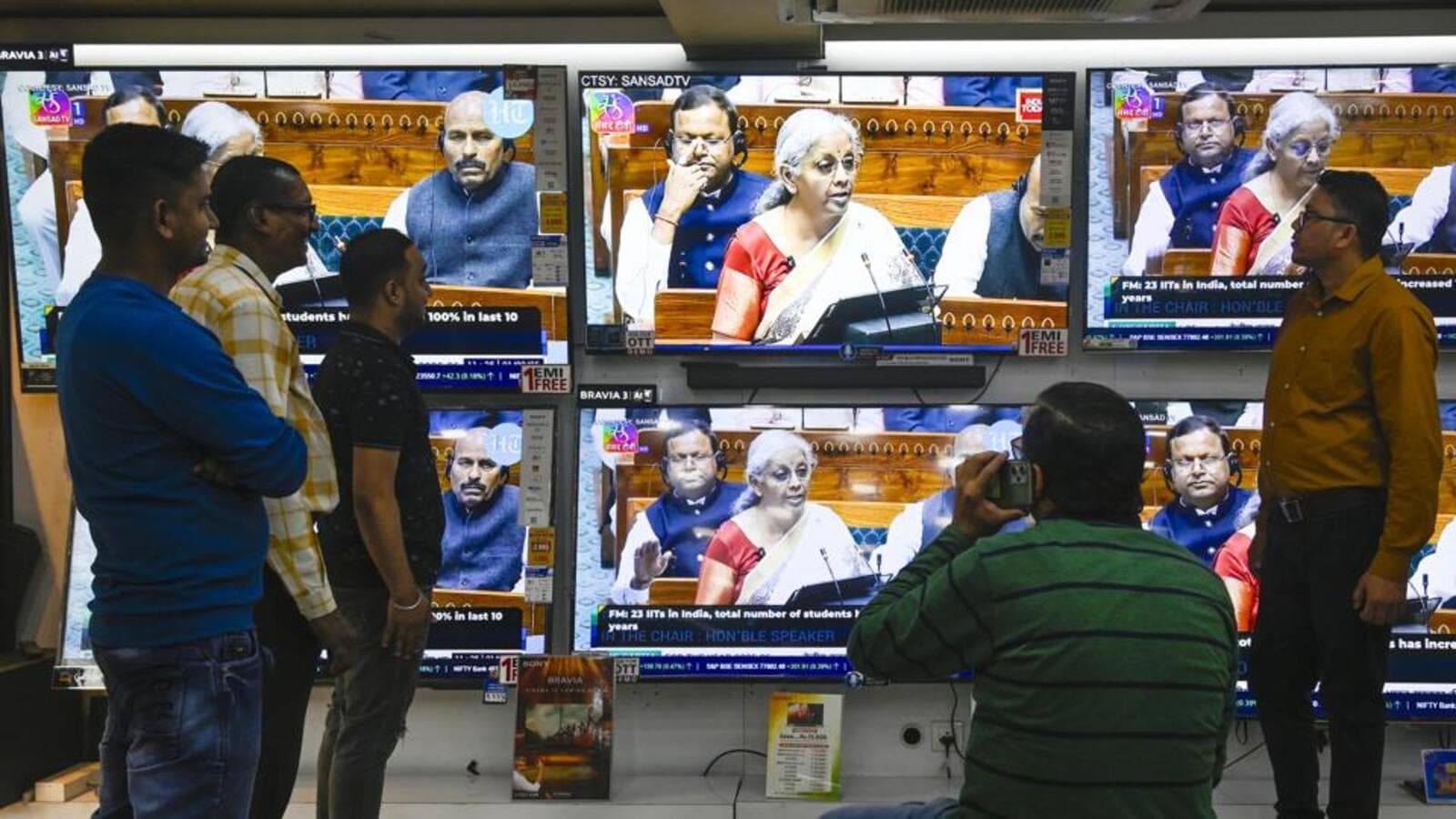Budget 2025: What’s cheaper and what’s costlier
The Union Budget 2025-26 announced a tax rebate that would mean people earning up to ₹ 12 lakh do not pay any tax at all; the arrival of a much-awaited reform, the new income tax bill, next week; and a continued focus on productive capital expenditure.
It announced a bettering of the fiscal deficit number for 2024-25, and a lower-than-expected target for 2025-26.
It announced changes in customs duties, a move aimed at making Indian manufacturing more competitive. And it announced plans to reduce regulatory red tape that make it difficult to do business.
Prime Minister Narendra Modi termed the budget a “force multiplier”. “This is a budget which fulfils the dreams of our people. We have opened many sectors for the youth. Common citizens are going to drive the mission of Viksit Bharat [developed India]. This budget will increase savings, investment, consumption, and growth,” he said. A day earlier, Modi had given a hint about tax reforms when he said he hoped the goddess of wealth, Lakshmi, would “shower blessings” on the poor and the middle class.
ALSO READ | Thumbs up or down? How INDIA bloc reacted to Nirmala Sitharaman’s Budget 2025
Even as it catered to the target groups that have become key to the Bharatiya Janata Party (BJP) and its allies – the finance minister referred to them in her speech, the poor, the young, farmers, and women – Budget 2025-26 reached out to the middle class, a section that has traditionally supported the BJP, but which, in recent years, believed it was being ignored, and, still worse, subsiding freebies for other sections.
“The middle class provides strength for India’s growth. This government under the leadership of Prime Minister Modi has always believed in the admirable energy and ability of the middle class in nation building. In recognition of their contribution, we have periodically reduced their tax burden,” the finance minister said in her speech, underlining the tax rebate.
To be sure, the tax rebate isn’t just for those earning up to ₹ 12.75 lakh; under the new tax regime, the floor for the highest tax rate of 30% has been increased to an income of ₹ 24 lakh a year (up from ₹ 15 lakh). That would mean a saving of ₹ 1.1 lakh a year for someone earning ₹ 24 lakh.
Apart from addressing middle-class angst, the tax rebate is expected to help the BJP and its allies politically, including in Delhi, which goes to polls next week. The finance minister also unveiled a clutch of measures aimed at Bihar, including strengthening airport infrastructure in the province, and funding a fox nuts (Makhana) board. Bihar is scheduled to go to the polls towards the end of the year.
But the budget was about more than just the tax rebate.
The finance minister listed what she termed “four engines of development”, agriculture, Micro, Small, and Medium Enterprises (MSMEs), investment, and exports, and detailed efforts on each that she said would make India a developed country (Viksit Bharat) by 2047.
In agriculture, the budget announced a targeted programme to improve the lot of farmers in 100 districts with low agricultural productivity, efforts to boost crop diversification, an enhancement in the loan limit taken through Kisan Credit Cards, and a campaign to become self-reliant in pulses.
For MSMEs, the finance minister proposed a broader definition (higher revenue and investment limits), an increase in credit guarantee cover, customised credit cards for small enterprises, and a scheme to support first-time entrepreneurs.
To boost investment, the budget increased the Foreign Direct Investment limit in insurance, announced measures to remove regulatory bottlenecks and an investment friendliness index of states, and promised to revamp bilateral investment treaties.
And to promote exports, the budget announced the creation of an export promotion mission at a cost of ₹ 2,250 crore, and facilitate easier credit access for exporters.
ALSO READ | What Budget 2025 means for homebuyers: More money in hand, sweetener on self-occupied properties to boost real estate
The budget did all this while remaining fiscally prudent – the finance minister expects the fiscal deficit to be 4.4% of GDP in 2025-26, lower than the anticipated 4.5% — and retaining a focus on capital expenditure, which accounts for 3.1% of GDP, almost the same as last year. That would also suggest that the government expects private investment to play a part. The finance minister said that each infrastructure-related ministry would prepare a three-year plan of projects that could be implemented in partnership with private firms.
That could help the investment component of GDP growth. The tax rebate, for its part, could take care of the consumption component. These two combined could create a much-awaited virtuous cycle in the economy.
